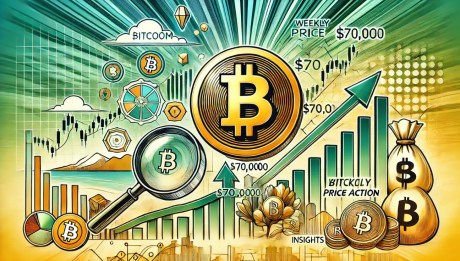
“Depression or boom?” That’s the big question at the heart of UBS’s big forecast for the U.S. economy from 2026 to 2028. But the team led by economist Jonathan Pingel also addresses a question that economists have been raising throughout 2025: the fact that tariffs amount to a major tax increase in all but name. Their analysis concludes that tariffs act as a significant drag on growth and actively contribute to persistent inflation, eroding consumers’ real income gains.
The report simply notes that “tariffs represent a significant tax increase.” According to UBS, current tariff policies imply a weighted average tariff rate of 13.6%, based on import quotas for 2024, a five-fold jump from just 2.5% at the start of the year. This steep rate actually translates into an import tax representing 1.2% of GDP.
The most direct effect of the trading system is higher prices, which “keeps things up.” UBS estimates that the new trading regime will add 0.8 percentage points to core PCE inflation in 2026, enough to erase an overall advance in disinflation and keep prices rising at around 3.5% even if other pressures such as housing or energy ease.
Over the long term, UBS expects tariffs to have a direct cumulative impact of 1.4 percentage points on the level of core personal consumption expenditures through 2028, rising to approximately 1.9 points once indirect effects such as supply chain rerouting and domestic producer prices being raised under tariff protection are taken into account. Simply put: tariffs alone could account for nearly two-thirds of the remaining gap between current inflation and the Fed’s 2% target.
Inflationary headwinds are hitting households
This tariff-related price pass-through is already translating into pressure on American households. With growth in average hourly earnings slowing to roughly 3.5% annually over the past six months, and total payroll income at about 3.25% annually, this inflationary increase has proven costly. Economists expect quarterly personal consumption expenditures inflation to range between 3% and 4% over the next two quarters, effectively wiping out those income gains.
The report highlights that most households are now less able to tolerate inflation than they were two years ago. While high-income households are supported by AI-enabled stock market wealth, households below the top 20% of the income distribution suffer from historically low liquid assets. Rising costs, combined with a slowing labor market, are diminishing consumers’ perceptions of future prospects.
These headwinds are particularly concerning because the US economic expansion is already described as “narrowly driven” and “risky.” The current economic outlook is essentially described as a “big bet on AI,” with the only obvious areas of growth being investment in software and computers (which rely on AI) and consumption fueled by high-income stock market fortunes. “A significant portion of the U.S. economy is stagnating,” including real residential investment and nonresidential construction, which is stagnating or declining completely, UBS adds.
Return money to people?
As inflationary pressures mount, President Donald Trump is touting his tariffs not only as a shield for American industry but also as a new source of household income. He floated the idea of a “tariff dividend”—a payment of “at least $2,000 per person (not including high-income people!)”—claiming that the increase in tariff revenues would be large enough to be shared directly with Americans.
The headline numbers are certainly staggering. The Treasury Department took in $195 billion in tariff revenue in fiscal year 2025, up 153% from $77 billion the previous year. The Committee for a Responsible Federal Budget projects that Trump’s broad “reciprocal tariffs” could raise $1.3 trillion through 2029 and $2.8 trillion by 2034. This would raise the tariffs from about 2.7% of total federal revenues to nearly 5%, roughly comparable to imposing a new payroll tax or cutting a fifth of the defense budget.
But analysts say the math behind Trump’s proposed dividend doesn’t hold up. John Rico of Yale University’s Budget Lab estimates that paying every American $2,000 would cost about $600 billion, far more than the government’s tariffs would bear.
“The revenues coming in will not be enough,” Rico told the newspaper. news agency. Even Treasurer Scott Besent seemed surprised, he told the ABC this week He did not discuss the idea with Trump and suggested that any “deduction” would likely appear as a tax cut in the future.
Economists also warn that while tariffs generate revenue, they do so by raising prices. Importers typically pass these costs on to consumers, making the policy’s function more like a regressive tax than a profit.
Economists see what is now emerging as a feedback loop: tariffs designed to revive industrial power are now helping to sustain inflation, which in turn is weakening real income growth and restricting the very consumers who were supposed to benefit from the policy. UBS calls it “narrow expansionism,” but it may be narrower than that: an economy whose growth depends on circular AI investments and government revenue generation schemes rather than the broad purchasing power of its citizens.
The post ‘The tariffs are a big tax increase’: Top bank crunches the numbers on how much Americans are paying for Trump’s trade regime first appeared on Investorempires.com.


